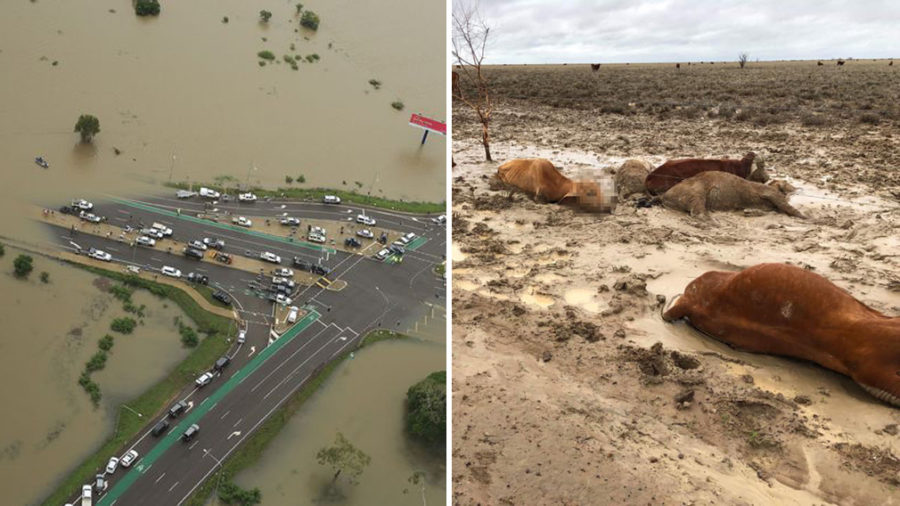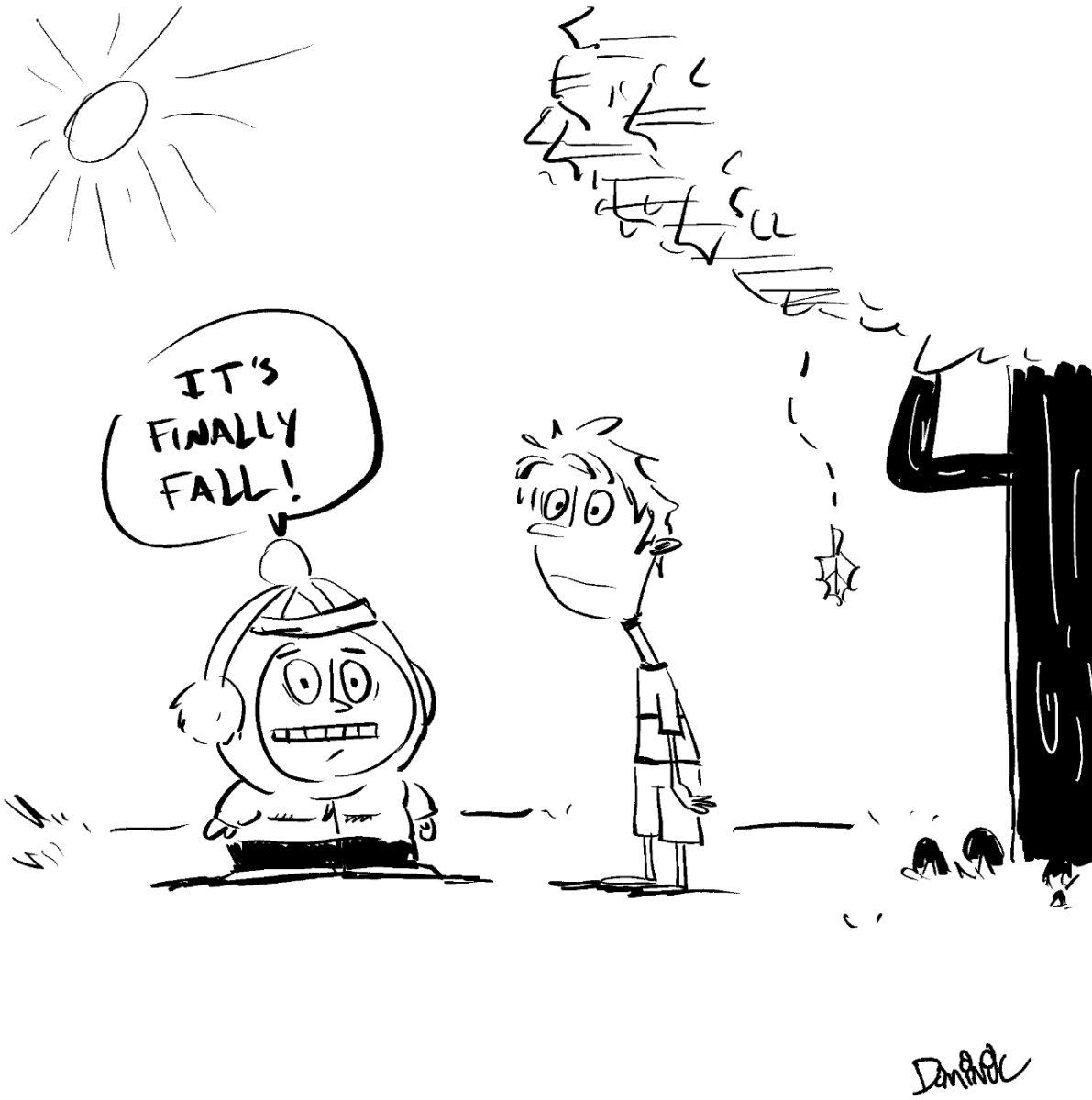Queensland Flood
February 21, 2019
Flooding is a temporary overflow of water onto land that is normally dry, which just by definition doesn’t sound like anything too extreme. In many cases, however, a harsh downpour can result in the loss of houses, lives, valuable items, and an abundance of landslides.
Queensland has had a history of floods; in the year 2010 alone, for example, they forced thousands of residents to leave their towns and city behind. In the same year, 90 towns and over 200,000 people were caught up in the effects of flooding; the damage for this ranged from around $1 to $2 billion. As of March 2012, 33 casualties can be linked to the 2010-11 Queensland flood. Although average rainfall in Queensland can average around 400 mm in the months of January, February, and March, no one can prepare themselves for flooding as effects are almost instant; if you aren’t prepared in advance, you aren’t prepared at all.
Now, Queensland faces the threat of flooding again on February 4, 2019, as this is the start to seven days of rain that will account for at least 700 mm. This time around many are left heartbroken by the “massacre of mammoth proportions throughout the whole North-West Queensland,” (theguardian.com). This means that, during the storm, native wildlife and domestic livestock were left battling the winds and harsh temperatures alone – left to die as they grew weaker with the passing of each day. In one estimate, some 50,000 cattle have been killed from a flood although they have the ironic ability to survive a prolonged drought. Queensland is in yet another rough patch facing a huge hit, and millions of dollars will be needed to support the damage left behind once again.
Pray for the Australian state as it stays strong through this time of hardship.












